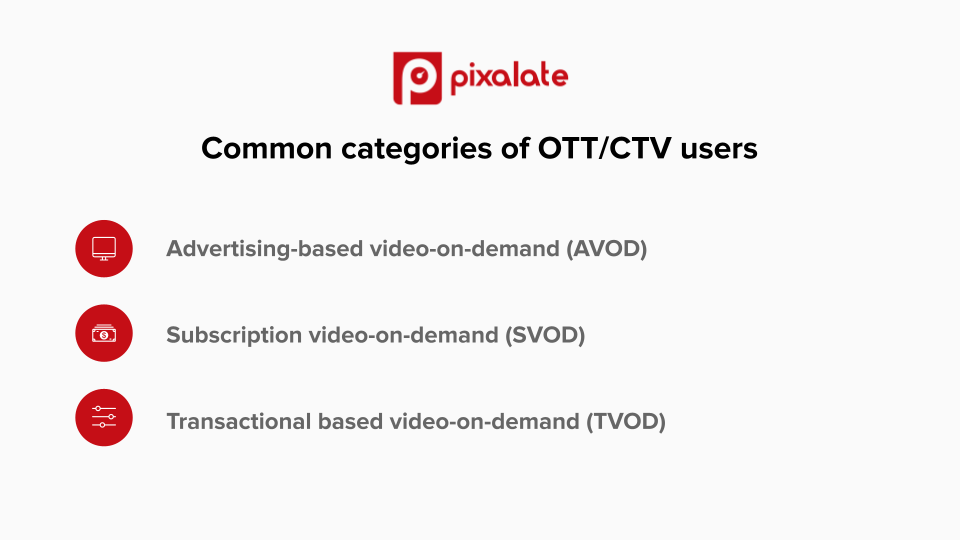OTT meaning stands for over the top, initially named in reference to devices that go “over” a cable box to give the user access to TV content. On OTT platforms, content is delivered via an internet connection rather than through a traditional cable/broadcast provider.
What is OTT? Definitions for over the top devices, content, and video
Over the top and video are connected, but they are not the same thing. OTT services are just a different channel through which video content (and related display or video advertisements) is delivered to end users.
- Video: Online video content can be viewed across any device, including computers, mobile devices, televisions, over the top devices, and more.
- OTT content: Content that comes from an OTT platform (video streaming services, like Sling TV). OTT content can be viewed on multiple devices, including computers, mobile devices, over the top devices, and more.
- OTT devices: Any device that is not desktop, laptop, or mobile but is used to consume OTT content. Examples include Smart TVs, Apple TVs, Chromecast, PlayStation, Xbox, Amazon Fire sticks, and other streaming devices.
Moreover, our blog post highlighting the growing threat of OTT ad fraud includes the additional information:
“Over the top may be defined differently by the various partners involved in the delivery, advertising, and measurement streams. OTT, as defined by OTT content providers (e.g., Hulu, SlingTV, etc.), may include any users accessing over the top content via any device (desktop, mobile phone/tablet, over the top devices, etc.).
“However, OTT may also be defined strictly on the basis of the device used to access the content. Examples of over the top devices include Apple TV, Chromecast, Amazon Fire, Roku in addition to Smart TVs (Connected TVs) and gaming platforms (i.e., PlayStation, Xbox, etc.). How advertising inventory is measured/categorized depends on the partners involved in the respective OTT supply chain.
“An important point to note regarding OTT advertising is that although video advertising is most prominent on OTT platforms, display advertising also occurs in over the top channels and on over the top devices.”
OTT definitions include:
- Over-the-top (OTT) video viewers: Individuals who watch video via any app or website that provides streaming video content and bypasses traditional distribution. Examples include HBO Now, Hulu, Netflix, Amazon Video, YouTube/YouTube Red and SlingTV.
- Connected TV (CTV)/Internet Protocol TV (IPTV) users: Individuals who use TV sets connected to the internet through built-in internet connectivity (Smart TV) or through other devices with the functionality such as a set-top box (STB) devices (e.g., Apple TV, Google Chromecast, Amazon Fire, Roku), Blu-ray players or gaming consoles.
- Linear OTT video service users: Users who subscribe to a service that delivers live TV channel bundles over the internet for a monthly subscription. Examples of the linear OTT platforms include Sling TV, DirecTV Now, Hulu with Live TV, YouTube TV and PlayStation Vue.

Common sub-categories of OTT/CTV users include:
- Advertising-based video-on-demand (AVOD): Users access free-to-watch content which is then monetized through video advertising.
- Subscription video-on-demand (SVOD) - or Subscription OTT: Users who have a paid subscription access to streaming video content.
- Transactional based video-on-demand (TVOD): Users who have paid to access certain content through a pay-per-view (PPV) purchase model.
Watch this video to discover the latest trends in OTT and CTV.
Schedule a demo to learn more about Pixalate’s Fraud Management System — the industry’s only anti-fraud platform with accredited OTT solutions.









